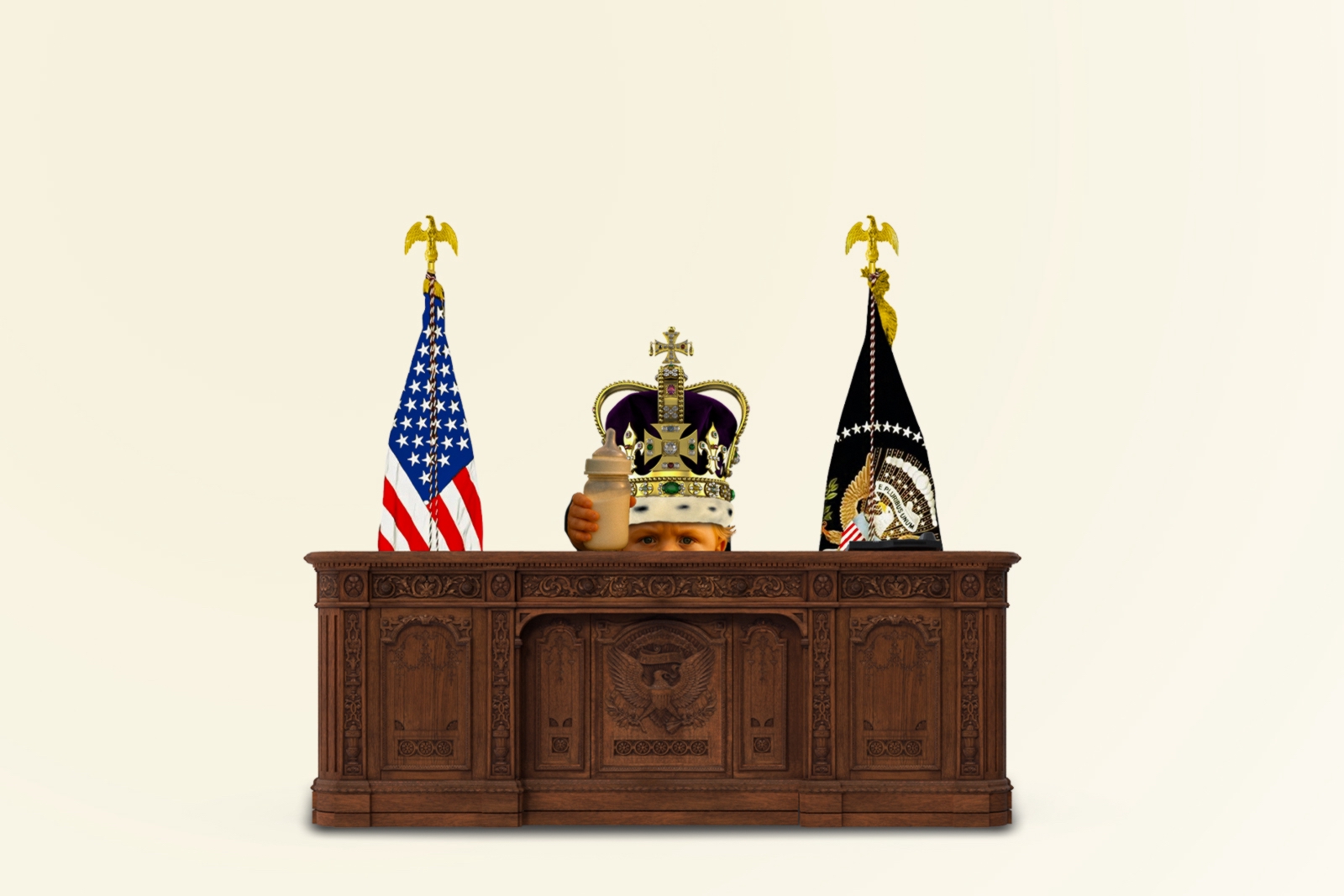
How L.A. Became a Test Case for Trump’s Autocracy
This past summer, Los Angeles became a laboratory for a presidency intent on stretching the law to its breaking point. At Donald Trump’s direction, 2,000 National Guard troops fanned out across the city to confront demonstrations against his administration’s immigration policies. The White House pointed to the Insurrection Act of 1807 as justification. Yet the reliance on that rarely used statute—designed for genuine breakdowns of civil order—looked less like crisis management than a political choice: the conversion of an old emergency tool into a standing permission slip for domestic militarization. The Los Angeles deployment did not stand alone. It fit a pattern in which the language of “law and order” is deployed to curb dissent, sidestep state authority, and consolidate personal power.
A Dusty Statute With Far-Reaching Teeth
The Insurrection Act authorizes the president, after issuing a proclamation to disperse, to deploy federal troops or the National Guard in limited, defined circumstances—when states cannot or will not enforce the law, or when violence obstructs federal authority. Historically, presidents have invoked it sparingly: to restore order during the 1992 Los Angeles riots, and in discrete moments of overwhelming catastrophe, such as after Hurricane Katrina. Its underlying logic is sobering and simple: the military may intervene only when civil authorities cannot cope.
What happened in Los Angeles diverged from that tradition. Protesters—angered by mass deportations and family separations—were, in the main, peaceful. California officials disputed the need for federal force. Even so, Washington reached for the statute, not as a last resort but as an opening move, bypassing state leaders to impose federal will on a defiant jurisdiction. A law written to stabilize democracy was used instead to smother democratic protest. The letter of the statute might offer a route; its spirit did not.
The decision to send troops into Los Angeles advertised a broader strategy: treat legal authority as a substitute for political consent. Rather than negotiate with state leaders or rely on local law enforcement, the administration used the Act to federalize a policy dispute. The rhetoric—“restore order,” “protect the public”—masked a different aim: to demonstrate that the president could act unilaterally, and that resistance at the state or municipal level would be met not with compromise but with coercion.
The same impulse surfaced elsewhere. Reports at the time circulated that the White House was considering similar deployments in other protest-prone cities—Chicago, New York—and even floating the possibility of invoking the Act around the 2026 midterms under the guise of “oversight” at polling locations. Cloaked in legality, these moves function less as emergency responses than as political signals: the center will decide, the periphery will comply.
Lawfare, Not Governance
The Los Angeles episode is consistent with a second-term project to reengineer the machinery of the federal government around personal loyalty. The resurrection of “Schedule F,” designed to purge career civil servants and replace them with politically compliant appointees, is one strand of this project. Pressure on the Justice Department to pursue partisan priorities is another. Each step tightens the circle of fidelity around the president and shifts the government’s center of gravity from institutions to the individual who commands them.
Comparisons to other countries can be overdrawn, but they are instructive. In Turkey after the 2016 coup attempt, and in Egypt under Abdel Fattah el-Sisi, security laws and administrative decrees blurred the line between safeguarding the state and entrenching the ruler. The lesson is not that the United States is Turkey or Egypt. It is that legal systems can be repurposed—from guardrails into goads—when leaders discover how to use procedure to outpace politics.
The genius—and danger—of the Insurrection Act is that it offers the appearance of lawfulness while empowering extraordinary action. The statute is a “break glass” measure that lacks modern checks. Congress is not required to pre-authorize deployments. Courts struggle to act quickly. Governors can object, but they cannot veto. In the right hands, the law can save a city from chaos. In the wrong hands, it can redefine “chaos” to mean “opposition.”
In Los Angeles, that definitional slippage was the point. The administration treated constitutionally protected protest as an incipient insurrection. By conflating dissent with disorder, it invited a future in which political opponents are framed as security threats—and policed accordingly.
The immediate fallout was social, not abstract. Communities already wounded by deportations and family separations faced armored vehicles and soldiers on city streets. The message to immigrant families and Latino neighborhoods was unmistakable: policy disagreement would be met by force, not dialogue. That choice deepened alienation, inflamed tensions, and made future conflict more likely.
Internationally, the image of American troops confronting American civilians reverberated. Allies that rely on the United States as a defender of liberal norms hesitated; adversaries that thrive on democratic hypocrisy celebrated. Authoritarian leaders abroad did not need to invent justifications for repressing their critics—they could point to Los Angeles and say they were doing what Washington does.
The Fix Is Institutional—and Civic
Preventing further drift toward executive rule by decree will require action at every level of government. Governors and mayors must assert their prerogatives, refusing to become props in a federal pageant of force. Courts should clarify the limits of the Insurrection Act in a modern context—what constitutes “impracticable” enforcement, what evidence is required, how long deployments may last. Congress, long complacent, can legislate guardrails: a short fuse on any domestic troop deployment absent an affirmative, time-limited vote; mandatory public reporting; explicit protections for First Amendment activity.
But law and process will not suffice without civic engagement. Journalists, rights groups, faith leaders, and ordinary citizens can insist on a politics in which the word “security” is not a magic spell that silences critique. History’s most durable democratic victories—from voting-rights protections to accountability for wartime excesses—were won by coalitions that refused to normalize the abuse of legal authority simply because it arrived stamped and signed.
The summer of 2025 in Los Angeles should not be remembered as an aberration. It should be treated as a warning about what presidential power can become when the emergency state becomes a governing philosophy. The danger is not theatrical—tanks in the streets every week—but cumulative: a presidency that learns to call exceptional what is merely inconvenient, and to deploy force where persuasion fails.
Rewriting the Insurrection Act for the 21st century, reinforcing institutional oversight, and recommitting to federalism are necessary steps. So is a public ethic that rejects the conversion of law into a weapon against citizens. If the United States is to remain a democracy in more than name, it must restore the fundamental distinction the Los Angeles maneuver tried to erase: protest is not an insurrection, and a president is not a law unto himself.
